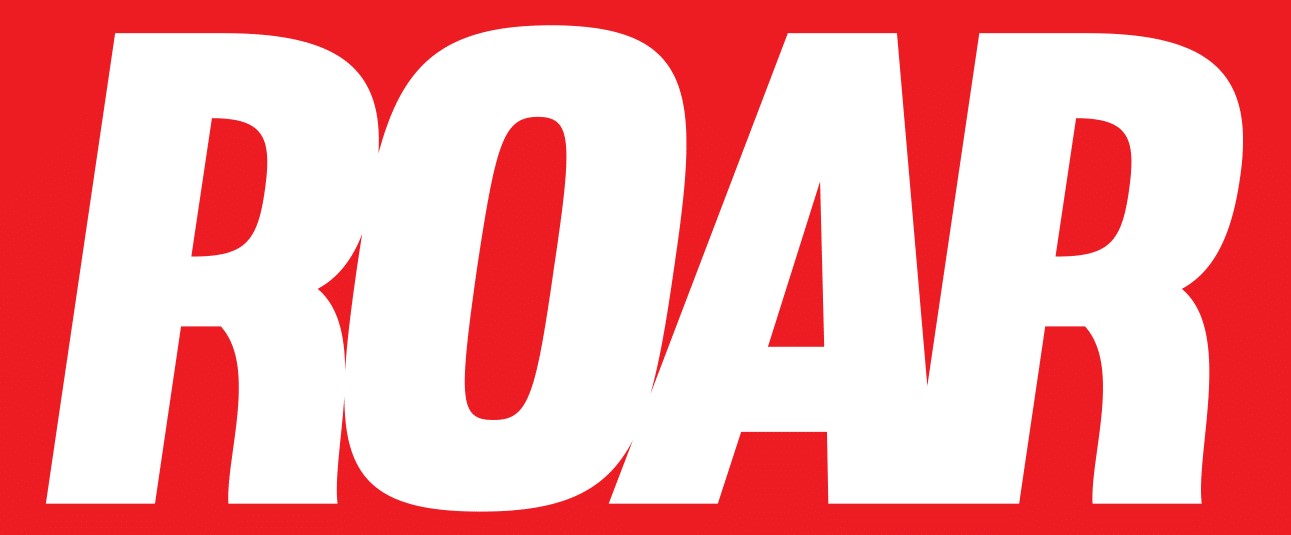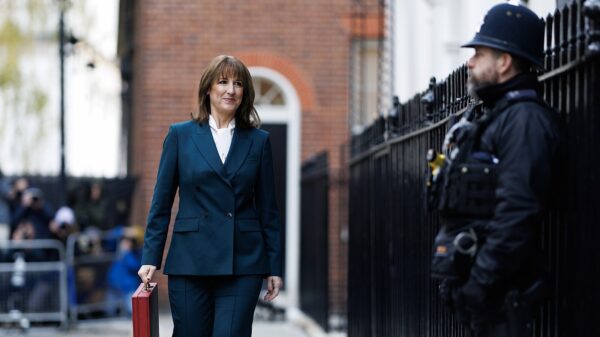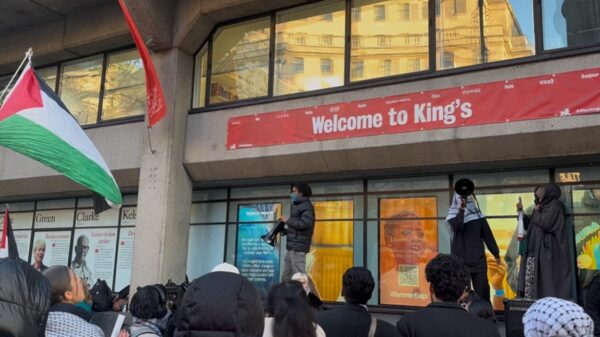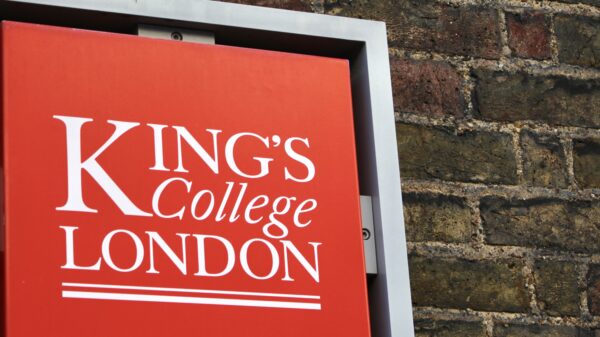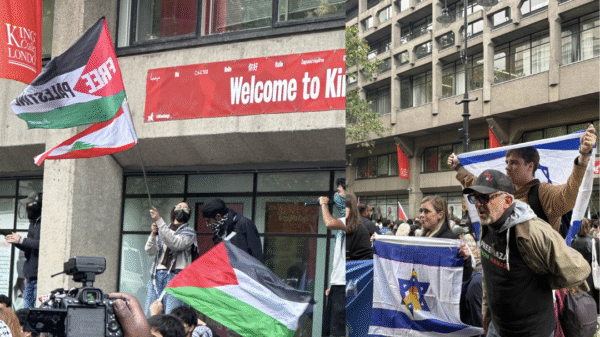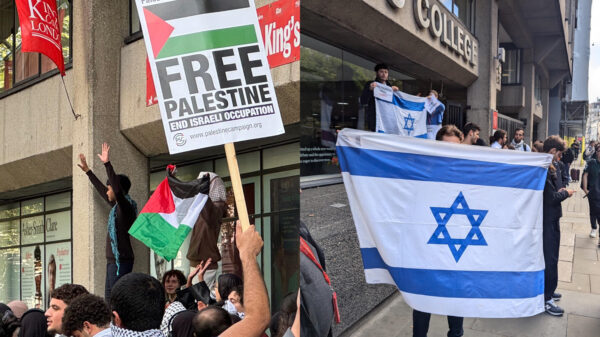Comment Editor Dahlia Farzi outlines the growing tense relationship between the American and Iranian government under US President Donald Trump, amid the ongoing conflict in the Middle East.
Trump promised after his 2024 re-election to “end all wars”… [he would] resolve the Ukraine war within 24 hours of taking office and help Israel finish its Gaza and Lebanon operations quickly. Clearly, these promises backfired, diminishing the Middle East yet again into a playground for Trump to exercise his ego.
In April 2025, Moscow declared a temporary truce over Easter; however, they rejected a full ceasefire unless Ukraine accepted a list of maximalist Kremlin demands. Russia then launched the biggest aerial assault since the invasion started more than three years ago. 2,516 Shahed-type drones and decoys attacked the country every night during the first 10 days of July. Was this the Trump peace plan Republicans yearned for?
Trump then outlined a utopian vision of Gaza transforming into a Riviera of the Middle East, an act of forced displacement of more than 2 million Palestinians. Not only would they not be allowed to return, but Trump threatened Egypt and Jordan into taking Palestinians in, otherwise U.S aid would be cut. The Middle-East is, yet again, another game battleground for Westerners with a reward of stained, damned blood.
Israel then expanded their Middle East invasion on June 14th 2025 , directly attacking Iran on a full scale. Though this was not unprecedented, Israel had usually hit terrorist-IRGC funded groups such as Hezbollah military command centres in southern Lebanon. In January 2025, the IDF claimed over 17,000 militants have been killed since October 7th, although almost 60,000 Palestinians have also been killed according to the Palestinian Ministry of Health in Gaza.
Israel then fired unprovoked attacks against Iran, citing the fact that they pose an existential threat to the Israeli nation. A brewed desire to eliminate the Ayatollahs erupted since the 1979 Islamic Revolution takeover.
After the exile of Shah Mohammed Reza Pahlavi in 1979 and the Islamic Revolution, tensions between the Iran and the US exceedingly became sour. In November 4, 1979, 66 Americans including diplomats and civilians were taken hostage at the Embassy of the United State in Tehran with support from Khomeini, a senseless cleric, who demanded that the US extradite Mohammed Reza Pahlavi. After 444 days and Pahlavi passing away in Egypt, the operation ended with the signing of the Algiers Accord.
Ruhollah Khomeini, Iran’s first supreme leader until 1989 radicalised Iran into a theocratic Islamic republic, often referring to the US as the “Great Satan” and Israel as the “Little Satan”. In 1988, he executed thousands of Iranian political prisoners, at least 5000, mainly those of the leftist factions. Many of these killed were supporters of the MeK (Mujahedeen-e-Khalq), a group who initially aligned themselves with Khomeini to overthrow the monarchy yet tumbled after Khomeini accused them of being contaminated with “gharbzadegi” (Western plague). Khomeini had clearly changed Iran from being (somewhat) democratic into a theocratic, repressive state, adopting Islamic ideology as its basis.
From 2002-2009, negotiations were held with Iranian diplomats to discuss the state of uranium enrichment. The 2015 nuclear deal forced Iran to agree to limit its nuclear activities and allow international inspectors. At this point, Iran was forced to install no more than 5060 of the least efficient centrifuges until 2026.
Trump then withdrew from this agreement in 2018, calling it a “horrible one-sided deal that … didn’t bring peace and never will”. This followed Benjamin Netanyahu’s claim that Israel obtained tens of thousands of pages of data showing Iran covered up its nuclear program before signing a deal with world powers. Biden then promised the US would return to the JCPOA if Iran complied, however talks were non-existent after two years of a stalemate.
In 2020, prolific nuclear scientist Mohsen Fakhrizadeh was assassinated by a remote-controlled weapon when his car was sprayed with bullets in Absard, east of Tehran. One Western diplomat in 2014 even boasted that “If Iran ever chose to weaponise (enrichment), Fakhrizadeh would be known as the father of the Iranian bomb.” In 2021, it was then claimed Iran began to enrich uranium up to 60%, which was a technical step from weapons-grade levels of 90%.
Since June 14th 2025, at least 610 deaths have been claimed, majority civilians, by the Iranian Ministry of Health compared to over 3,000 injured in Israel and 29 killed. A ceasefire was announced by Trump at the end of June where he urged “both sides [to] not violate it!“. Shortly before the ceasefire was announced, US bases in Qatar were [knowingly] targeted, with Tehran informing the countries prior.
Many Middle-Easterners recall the March 2003 invasion of Iraq, where the US vowed to destroy weapons of mass destruction and end Saddam Hussein’s rule. However, 1 million Iraqis have died as a result of the conflict since 2003. The blood on Bush and Blair’s hands have not been wiped out of the limelight just yet. It was later found in Sir John Chilcot’s 2016 report that it was ‘not justified’, as there was no imminent threat from Saddam Hussein. The CIA’s top weapons inspector in Iraq as early as 2005 said that there were no WMD found and the investigation had been exhausted.
In 2002, Netanyahu said in a testimony to Congress that “Saddam is seeking, is working, is advancing towards to the development of nuclear weapons,” a lie that caused 1 million Iraqis to be murdered. With even Secretary of State John Kerry warning that “Netanyahu may have a judgement that just may not be correct on Iran“, governments clearly cannot be trusted.
The Iran and Israel 12-day conflict may not have lasted long, but it opened a wound that would never be healed. As long as the IRGC terrorises Iran and Trump/Netanyahu cosy up, the Middle East will never have a chance to breathe.
